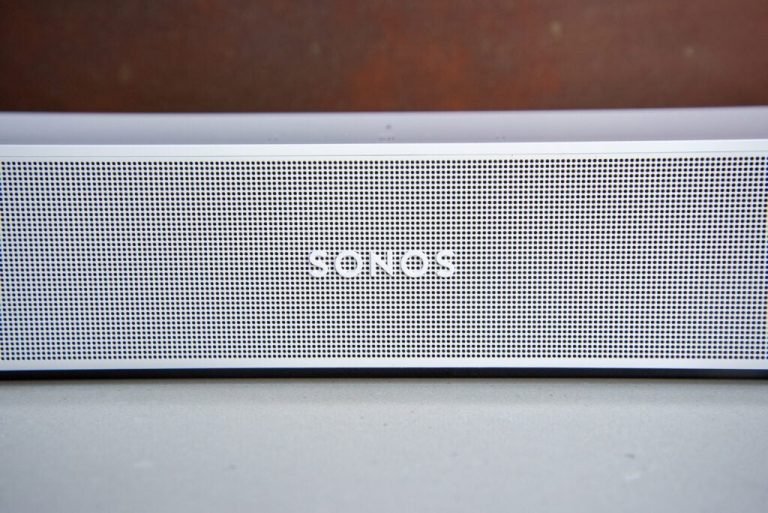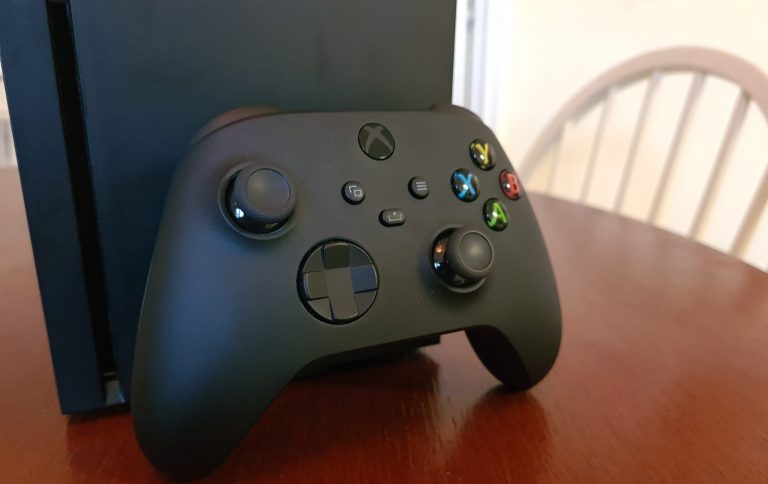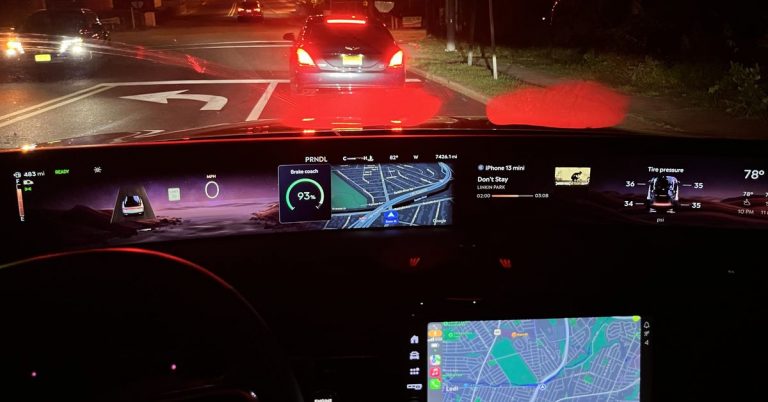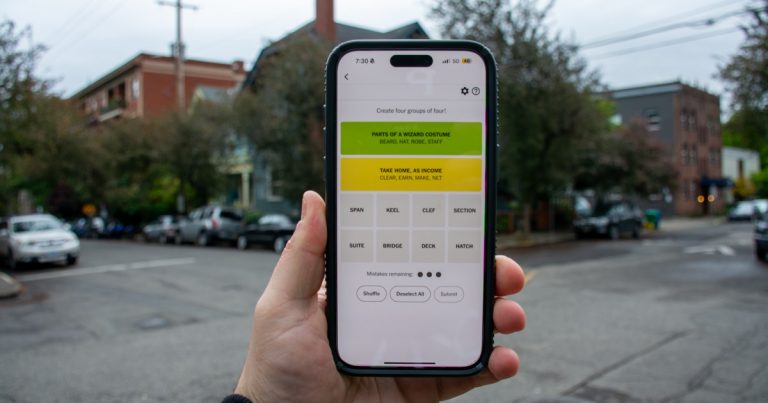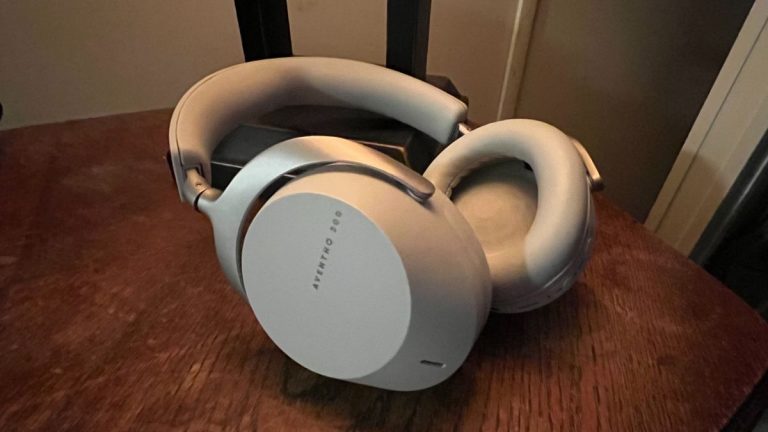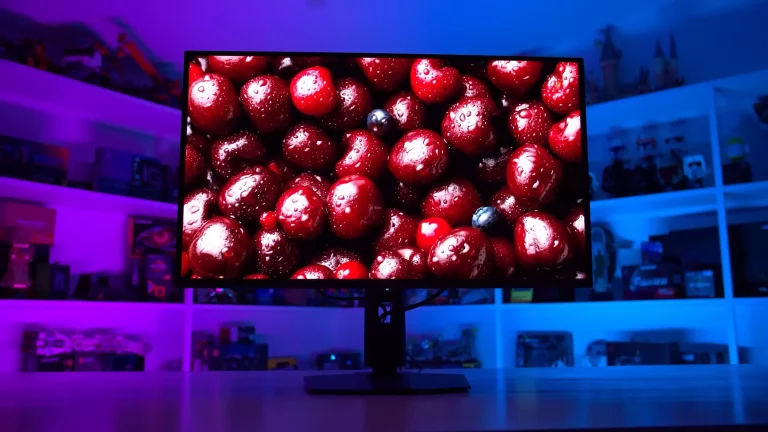Nothing Phone (2a) Plus vs Poco F6: Comparing the mid-range Androids
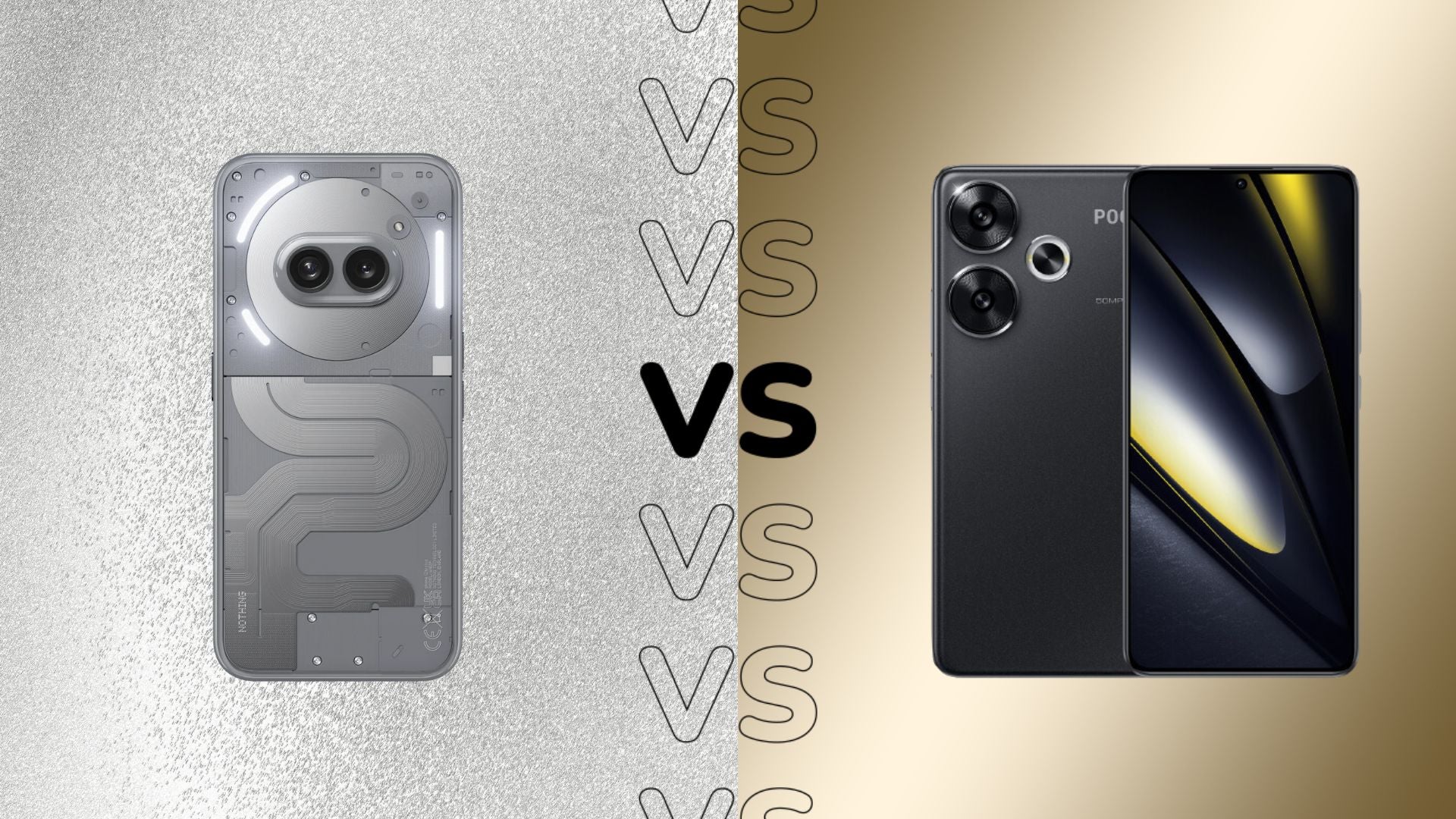
Nothing has recently launched its latest mid-range smartphone, the Phone (2a) Plus. Promising to provide an all-round elevated smartphone experience for power users, how does the handset compare to Poco’s own mid-ranger, the F6?
Although we haven’t yet conclusively tested the Nothing Phone (2a) Plus, we have reviewed the Poco F6 and awarded it a 3.5-star rating. With this in mind, we’ve compared the specs of both and highlighted the key differences below.
Read on to see how the Nothing Phone (2a) Plus compares to the Poco F6.
The Poco F6 runs on Snapdragon 8s Gen 3
The Poco F6 runs on Qualcomm’s Snapdragon 8s Gen 3 processor, which can be found in flagship smartphones such as the Motorola Razr 50 Ultra. As you might expect, we’ve been impressed by its performance and found the Poco F6 to be as capable as devices sporting Qualcomm’s previous flagship chipset, the Snapdragon 8 Gen 2.
Even so, the Phone (2a) Plus boasts the MediaTek 7350 Pro chipset which can’t be found on any other smartphone.
We haven’t benchmarked the chipset yet, however Nothing claims that it has been co-engineered to make the Phone (2a) Plus a “gamer’s dream” thanks to its ARM Mali-G610 MC4 GPU support. In addition, Nothing promises that everyday app multitasking will feel faster and smoother than its cheaper sibling too.

The Nothing Phone (2a) Plus has three 50MP cameras
While both handsets have two rear lenses, consisting of a main and ultrawide sensor, and a front-facing camera, they differ in terms of their pixel total with all three of the Phone (2a) Plus’ lenses being a whopping 50MP.
In comparison, only the Poco F6’s main lens is 50MP, accompanied by just an 8MP ultrawide and is rounded off by a 20MP front camera.
We found the Poco F6’s overall camera ability to be perfectly capable, with our reviewer concluding the main lens provides plenty of detail with a natural sharpness, although colour is a mixed bag. The ultrawide can capture reasonable detail in good light, but in low light, we hailed it as “useless.”
Although we haven’t tested the camera of the Phone (2a) Plus just yet, Nothing states that it has released seven camera software updates to the regular Phone (2a) and its identical rear cameras since March, to fine-tune the camera experience.


The Nothing Phone (2a) Plus has the Glyph Interface
In true Nothing fashion, the (2a) Plus retains the iconic Glyph Interface at the back which was designed to encourage people to put their screens down and refer to the light and sound patterns of the interface for key information.
In this instance, the Glyph Interface of the Phone (2a) Plus includes key features such as the Glyph Timer and Glyph Progress all while illuminating its new metallic aesthetic.
In comparison, the Poco F6 boasts a standard smartphone design with a choice between three solid colours: Black, Green and Titanium. The Phone (2a) Plus is available in two new colours: Grey and Black.


The Poco F6 has 90W charging
If speedy charging is a necessity then the Poco F6 is a great choice, boasting a whopping 90W fast charging that takes just 30 minutes to charge from 1-100%. Not only that, but its 5000mAh capacity means the handset will comfortably last all day without needing a top-up.
Like most similarly priced Android handsets, the Phone (2a) Plus also includes a 5000mAh capacity, although Nothing claims this can deliver a whopping two days of use.
As we haven’t tested the phone ourselves yet, we can’t confirm this claim, but it’s certainly bold. Unfortunately, its fast charging ability falls short against the Poco F6 at 50W.
The Nothing Phone (2a) Plus is cheaper
Available in just one configuration, the 12GB/256GB, Phone (2a) Plus will set you back £399. US customers can also sign up for the US Beta Program and get the phone from the 7th of August for $399.
While you can also get the Poco F6 for £399, this is for the slightly smaller 8GB/256GB handset. It is also available in a larger 12GB/512GB model for £449.
Source: www.trustedreviews.com

